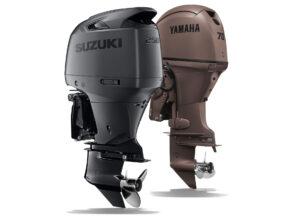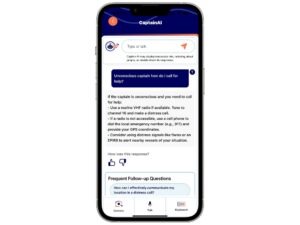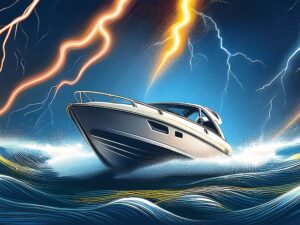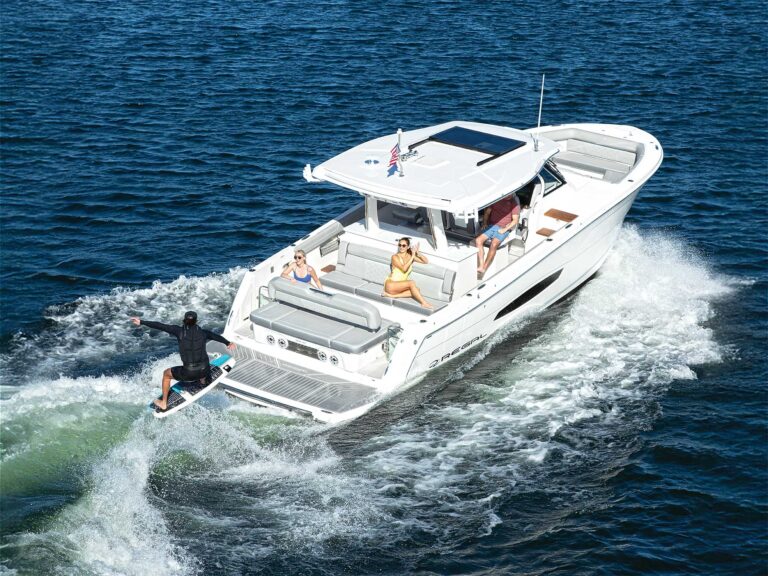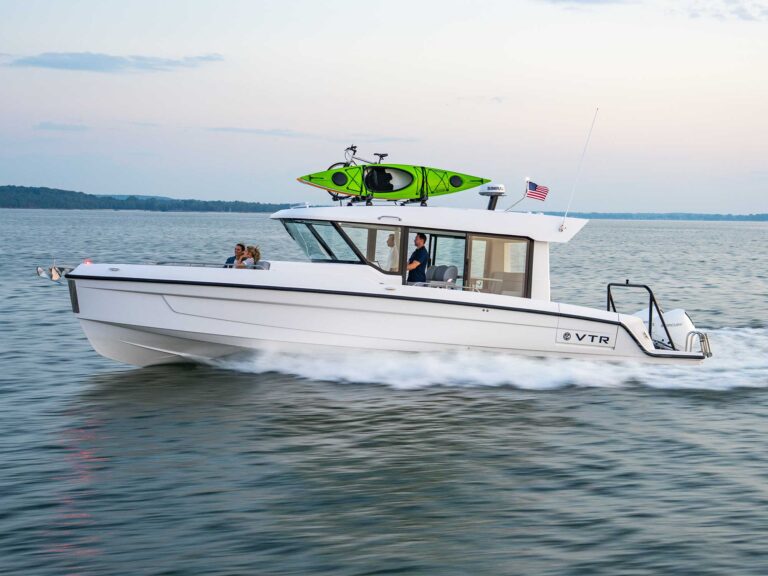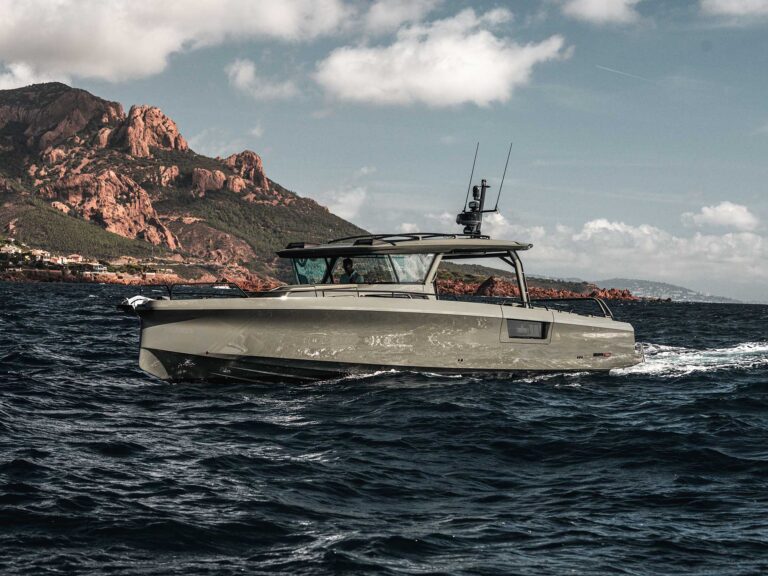
Much has been written about the importance of winterizing the cooling systems in marine engines, but depending on the boat, water might lurk elsewhere. For example, many boats have potable water stored in a tank below deck and delivered via pumps to faucets, showers, heads and freshwater washdown spigots.
These systems also require proper winterization for long-term boat storage in regions subject to temperatures of 32 degrees F or below. Otherwise, the H2O can freeze, expand and crack components such as faucets, fittings, hoses, pumps, accumulator tanks and even the water-storage tank itself, resulting in a hefty repair bill. Even in warm locales, boats stored or disused for more than a month should drain potable water systems to avoid stale, smelly, foul-tasting drinking water.
Read Next: Installing A Cockpit Shower
This project is best undertaken after the boat has been hauled for the winter, but if it is still in the water, turn off the shoreside water hookup and remove, drain and stow the freshwater hose before getting started.
Here are the steps required to protect the elements of your boat’s potable (aka fresh water) system from freeze damage this winter.
Skill Level: 1 of 5
Finish Time: Approx. 2 hours
Tools and Supplies
- Nontoxic marine propylene glycol antifreeze with a minus-100-degree F rating ($10.99/gallon, westmarine.com)
- Camco Water Heater Bypass Kit to avoid filling water heater with antifreeze ($29.99, westmarine.com)
- Screwdriver and wrench sets (to install water heater bypass and remove/reinstall accumulator tank)
- Funnel
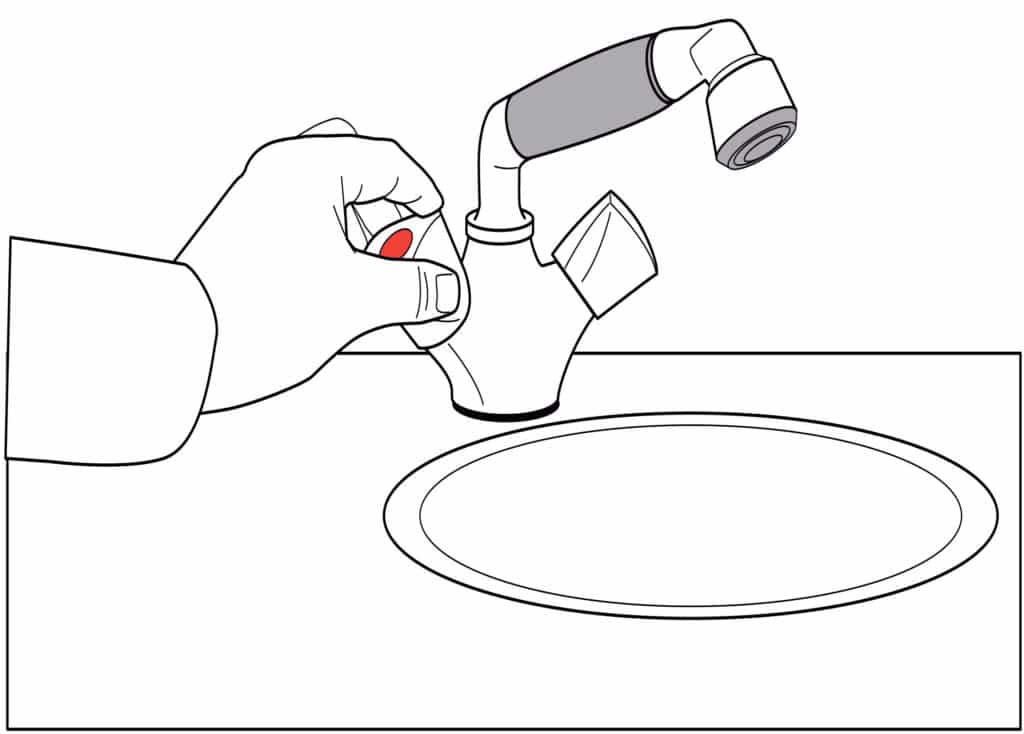
Turn on all faucets, shower wands and freshwater washdown hose bibs, then turn on the supply pump(s). Allow the pump(s) to run until the potable water storage tank is dry. Then close all of the outlets and turn off the pump(s). If your potable system has an accumulator tank, you’ll need to drain it by removing the hoses and pouring the water out. If it fails to drain completely, remove the tank and shake out or blow out any trapped water, then replace the tank, hoses, clamps and connectors.

Buy nontoxic propylene glycol antifreeze. Be sure it’s the nontoxic antifreeze such as West Marine’s Pure Oceans or SeaFit marine water-system antifreeze. Common ethylene glycol automotive antifreeze that you put in a radiator is highly toxic; avoid it at all costs. Where temps drop below zero degrees F, look for a freeze rating of minus 100 degrees F, because any residual water will dilute the antifreeze; a minus-100-degree F rating ensures that the resulting solution will maintain adequate protection levels.

Open the deck fill for the potable water storage tank and pour in 4 to 6 gallons of nontoxic propylene glycol antifreeze. You might need a funnel to avoid spilling any of the fluid. The number of gallons that your boat needs will depend on the capacity of your boat’s water system (check your owner’s manual to determine the capacity of the potable water system for your boat) and whether or not you choose to fill the water heater tank or bypass it and drain the tank separately.

Turn on the boat’s potable water supply pump(s) and, if you did not bypass the water heater, open the hotwater faucet or shower nozzle farthest from the pump to fill the water heater. Once the propylene antifreeze is coming out of all of the hotwater faucets, nozzles and spigots, turn them all off. Then open the coldwater fixture farthest from the pump and wait until antifreeze comes out, then turn it off. Repeat for all fixtures, working your way back to the one closest to the pump, then turn off the pump(s).

While you’re winterizing or recommissioning your boat next spring, avoid spilling or draining any antifreeze into the water, on land or in storm drains, even though the antifreeze is nontoxic. Dispose of spent antifreeze in a manner consistent with federal, state and local regulations. The best practice is to drain the fluid into bottles, cap them, and drop them off at a hazardous-waste disposal facility. Contact your local environmental, health or waste agency to find hazardous-waste collections near you.

